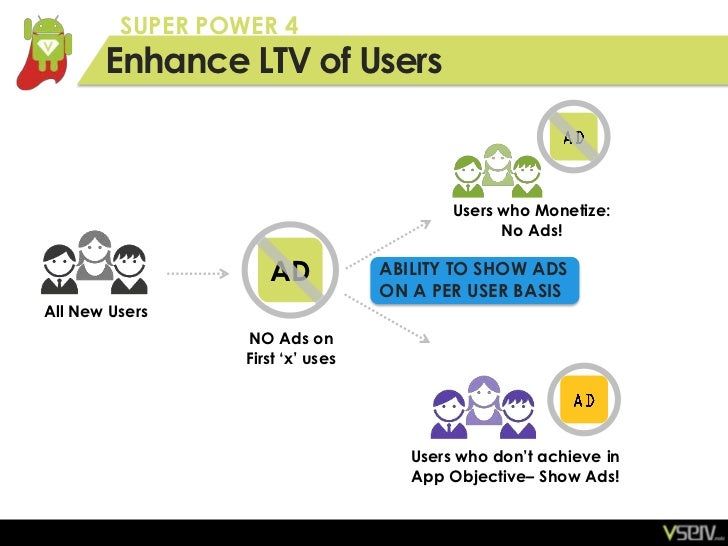

These are the components which receive some props, and render some UI.


Leaf components are the last thing to be rendered in a component tree. Web components particularly excel as leaf components.
#APP WRAPPER REACT HOW TO#
This wouldn’t really work as a web component, since a web component doesn’t know how to render a React component. Think of a React component which fetches some data and then renders some other React component, passing along the data. Existing independently of any JavaScript framework means you can’t really interact with those JavaScript frameworks. Essentially, you define a JavaScript class, inherit it from HTMLElement, and then define whatever properties, attributes and styles the web component has and, of course, the markup it will ultimately render to your users.īeing able to define custom HTML elements that aren’t bound to any particular component is exciting. They’re covered all over here at CSS-Tricks (including an extensive series by Caleb Williams and one by John Rhea) but we’ll briefly walk through the process. Web Components are essentially HTML elements that you define yourself, like or whatever, from the ground up. But otherwise, if SSR isn’t something you’re using, read on. If that’s a requirement for you, be sure to check the latest status of DSD. Declarative shadow DOM (DSD) is how a web component is server-side rendered, but, as of this writing, it’s not integrated with your favorite application frameworks like Next, Remix or SvelteKit. This post will show you how.Īs of now, the SSR story for web components is a bit lacking. Wouldn’t it be better if we could define these low-level UI components once, in a framework-agnostic way, and then re-use them between frameworks? Of course it would! And we can web components are the way. What’s particularly frustrating is that we’ll typically have them defined in one framework, say React, but then need to rewrite them if we want to build something in Svelte. One of the more frustrating things we have to deal with when working across frameworks is re-creating all those low-level UI components: buttons, tabs, dropdowns, etc. With all the choices out there - React, Svelte, Vue, Angular, Solid - it’s all but inevitable.
#APP WRAPPER REACT CODE#
Those of us who’ve been web developers more than a few years have probably written code using more than one JavaScript framework.


 0 kommentar(er)
0 kommentar(er)
